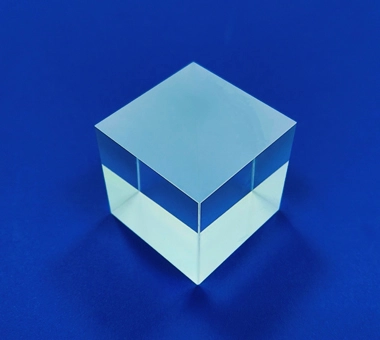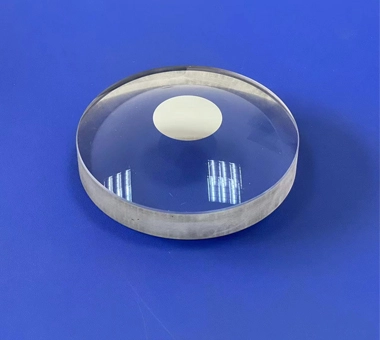
Call Us
86-755-82924037
Call Us
86-755-82924037Optical mirrors are key components in various optical systems, reflecting light to alter beam paths, focus, or split light for imaging, instrumentation, and laser applications. Crafted from materials like glass, fused silica, or metals, and coated with reflective layers, custom optical mirrors are designed to meet specific reflectivity, durability, and wavelength requirements. These mirrors provided by Solar Valley optical mirrors supplier can be flat, concave, or convex, tailored to project needs, ensuring precise control over light direction and characteristics for optimal performance in scientific research, telecommunications, and medical devices.
Yes, optical mirrors can indeed be custom-made to meet specific requirements. Custom optical mirrors allows for a wide range of specifications, including unique shapes, sizes, coatings, and substrate materials, to suit particular applications. Whether for specialized scientific research, advanced imaging systems, or precise laser applications, custom optical mirrors can be engineered to achieve optimal performance. Laser mirrors manufacturers work closely with clients to understand their needs, offering solutions that encompass various wavelengths, reflectivity levels, and environmental tolerances. This bespoke approach ensures that the laser mirrors for sale not only fit the physical parameters of the application but also enhance the overall system's efficiency and accuracy.
The primary difference between flat and curved optical mirrors lies in their ability to manipulate light paths. Flat optical mirrors reflect light without altering its path, maintaining the angle of incidence and reflection equally, which makes them ideal for applications requiring straightforward reflection without distortion. On the other hand, curved optical mirrors, which can be concave or convex, have the ability to focus or diverge light. Concave optical mirrors can focus incoming parallel light rays to a single point, making them useful in applications requiring light concentration, such as telescopes or laser focusing systems. Convex optical mirrors, conversely, spread light outwards, useful for diverging light paths in applications like security cameras for a wider field of view. This fundamental difference in light path manipulation defines their distinct applications in optical systems.


